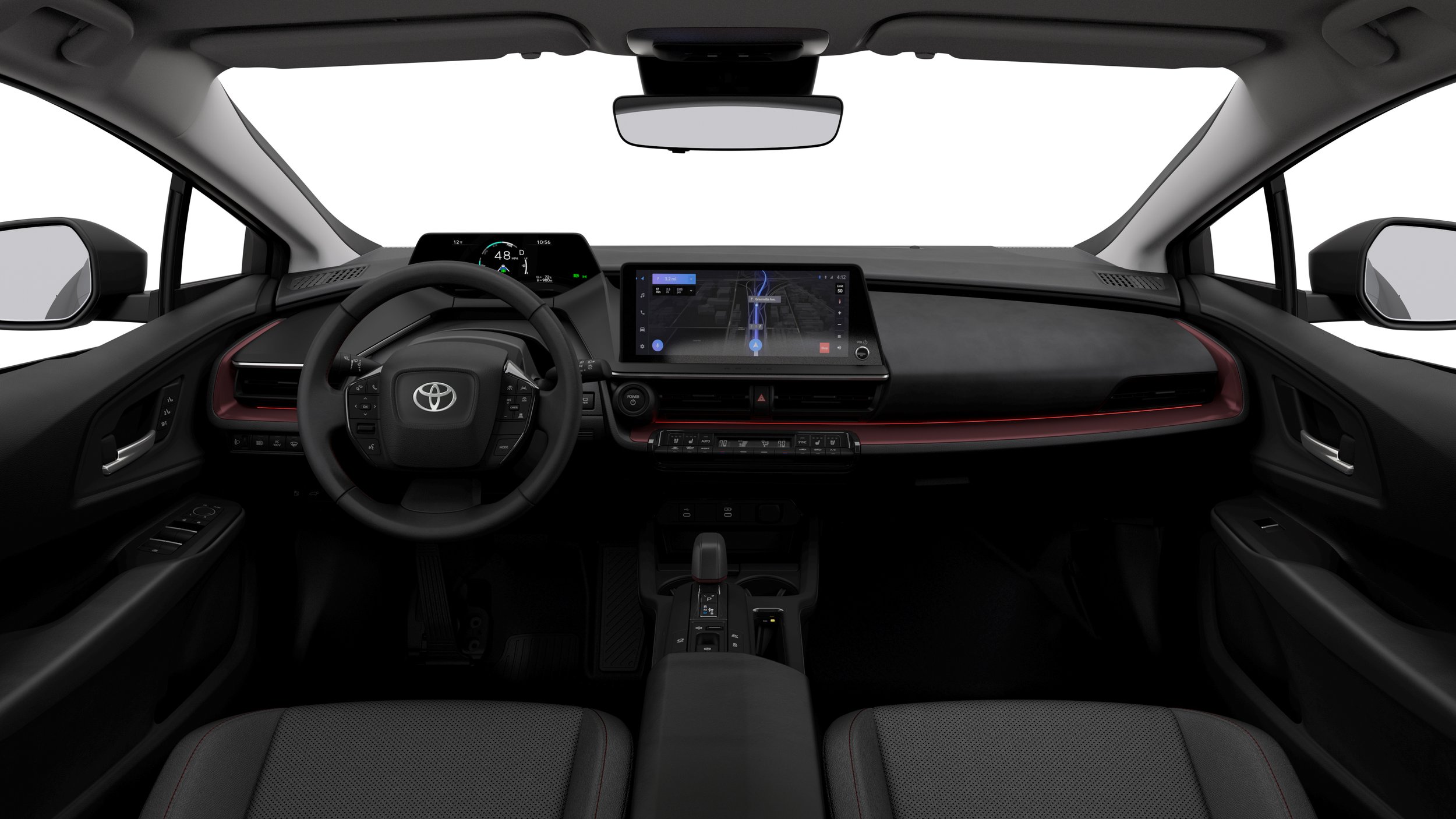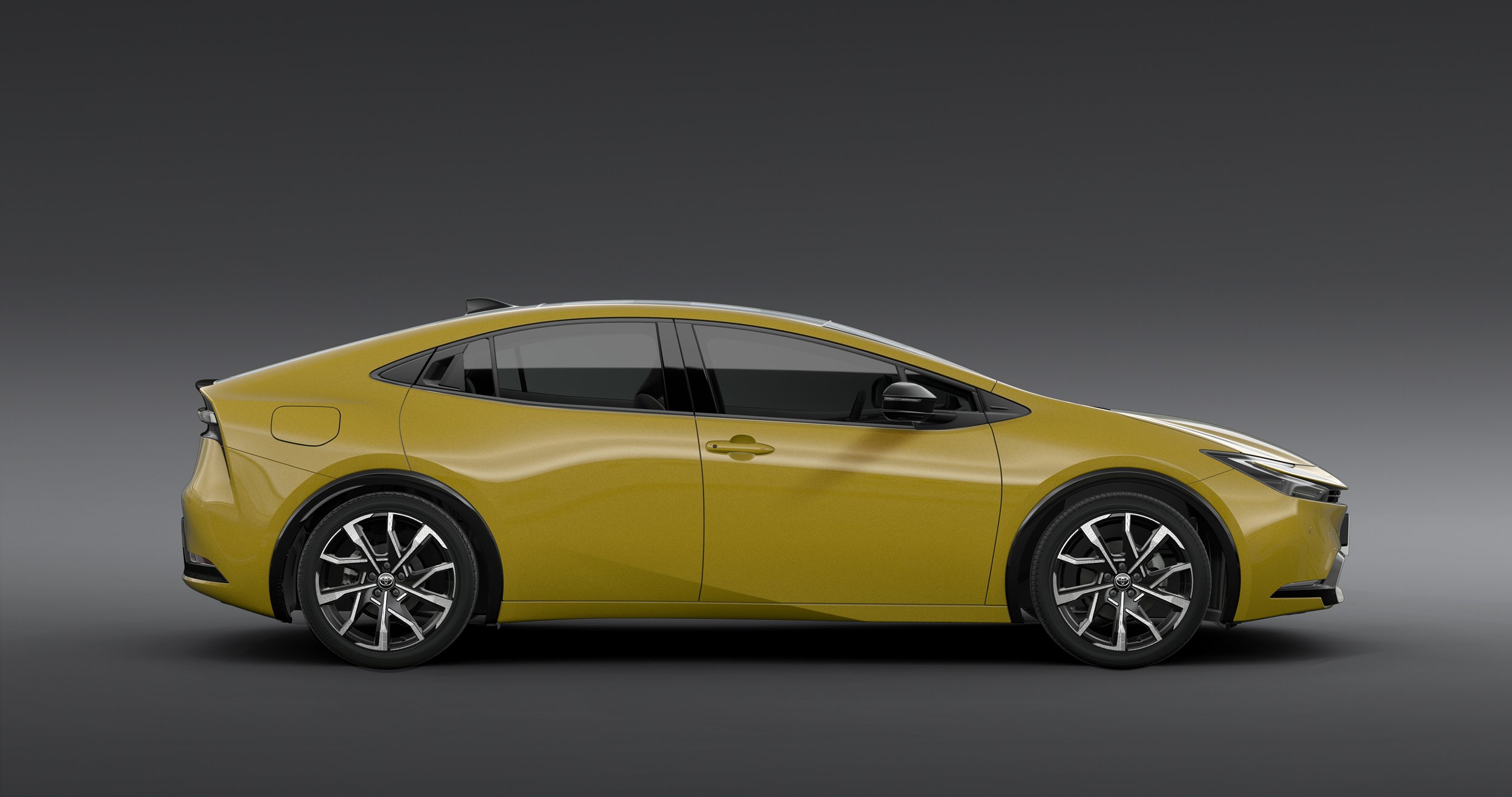New-gen Prius revealed – and likely also out
/There’s a new look, new technology and more power: But it isn’t our kind of car any more.
AVAILABILITY purely through used import channels might prove to be a commonality between the very first generation of Toyota’s landmark Prius and the latest, just revealed globally.
Toyota New Zealand has today affirmed it is cold-shouldering the fifth-generation car, which revealed in Japan yesterday, with communications manager Lisa Saunders saying: “I can confirm that we will not be getting this Prius model in New Zealand.”
Recent comment had already left clear impression that while the hybrid technology the landmark car brought into being almost three decades ago continues to be vital, Prius itself is done and dusted here as a NZ-new product.
That indication came four weeks ago at the national launch for the Corolla Cross, latest of many Toyota passenger models to only offer with petrol-electric.
TNZ has made abundantly clear that having hybrid in all its passenger product is a fundamental; it is the key to it meeting commitment to achieving the low CO2 results Government has called for from car distributors.
A local brand high-up at that October 12 event indicated as much as Yaris and Yaris Cross, Corolla, CH-R, Camry, RAV4 and Highlander are core to that a mission-accomplished effort, Prius itself is not.
That impression is supported by sales volume; which has diminished annually since 2008 and is now at a trickle, to point the HEV hatch that was once the staple dropped in 2021, a year it accrued just 13 registrations.
Steve Prangnell, Toyota NZ general manager of new vehicles, expressed that the sole current shape Prius model in sales circulation, the ‘Prime’, would be gone by the end of next month and, when that happened, a nameplate that has been here for 28 years would also disappear.
Prangnell’s expression, plus with TNZ also leaving impression it intends to place the impending BZ4X full electric as its new ultimate technology talisman, indicated the chances of seeing this new-generation product in distributor-represented new form were not good. So it has proved.
Yet it could still come. The Palmerston North brand’s website makes clear that Prius in all the formats it has presented in will continue to offer as a pre-owned product, via the Signature Class channel.
That, in a way, is a complete circle moment. Remember, the Prius era for NZ (and many other countries) officially begun with the second-generation, ‘world-wide’ car, a hatchback issued from 2000.
The original 1997 model, a gawky-looking sedan, was only sold in Japan – yet Toyota expectation of that being where it would stay was soon scuppered by independent traders in used imports, who secured it anyway.
It would be highly surprising if enterprising JUC traders did not, in time, take a chance with the next-gen car, but any such involvements will not be overnight.
While the new lineup, again spanning hybrid and plug-in hybrid formats, has been shown off, production in Japan has just begun and that’s only of the hybrid. The PHEV won’t start rolling down the assembly line until mid-2023. For now, too, the only cited export market is North America.
Since the Prius launched in 1997, Toyota says it has sold more than 20 million electrified vehicles worldwide. The company says those sales have avoided 160 million tons of CO2 emissions, which is the equivalent to the impact of 5.5 million all-electric battery vehicles.
The 2023 car obviously adopts a a new look – perhaps the best styling yet – and gains a range of more powerful and efficient drivetrains, along with other technology advancements not seen on the current car.
The entry-level edition has the same 1.8-litre drivetrain offered in the Corolla Hybrid with identical combined output of 103kW. Another version has the 144kW 2.0-litre hybrid system shared with the Corolla Cross small SUV. Both of these appear available with front- or all-wheel drive.
Above these places the Prius PHEV, combining a 2.0-litre petrol engine, multiple electric motors and a 13.6kWh battery pack for a combined output of 164kW, with front-wheel drive. Toyota cites it as their quickest Prius, with a snappy 6.7 seconds’ off-the-line to 100kmh cred. All-electric driving range has been increased by a claimed 50 percent, suggesting up to 70km in Japanese testing.
It’s believed the car’s platform is an evolution of the outgoing model's architecture, also used by Corolla Cross.
The car measures about 4524mm long, 1782mm wide and 1420mm tall, riding on a 2750mm wheelbase. That makes it 46mm shorter overall, 22mm wider, 50mm lower and 50mm longer between the wheels than the outgoing car.
The LED headlights and some styling elements link to the appearance of Toyota's BZ electric-car range. It gets a full-width LED tail-light bar and rides on 19-inch wheels in optimal form. The biggest on the outgoing car are 17s.
The top versions have a 12.3-inch infotainment touchscreen with wireless Apple CarPlay and Android Auto, satellite navigation and over-the-air updates.
The centrally-mounted instrument binnacle of the outgoing Prius has been ditched in favour of a 7.0-inch digital instrument cluster; reports suggest this is shared with the BZ4X electric SUV signed on for sale in NZ next year. The plug-in hybrid model has solar panels on the roof.
Safety features include autonomous emergency braking (AEB), lane-keep assist, adaptive cruise control, blind-spot monitoring, and rear cross-traffic alert. There's also automatic parking, a built-in dashcam, a digital rear-view mirror, and on some models, home power sockets inside the car, allowing external electrical devices to be charged from the car's battery.




















